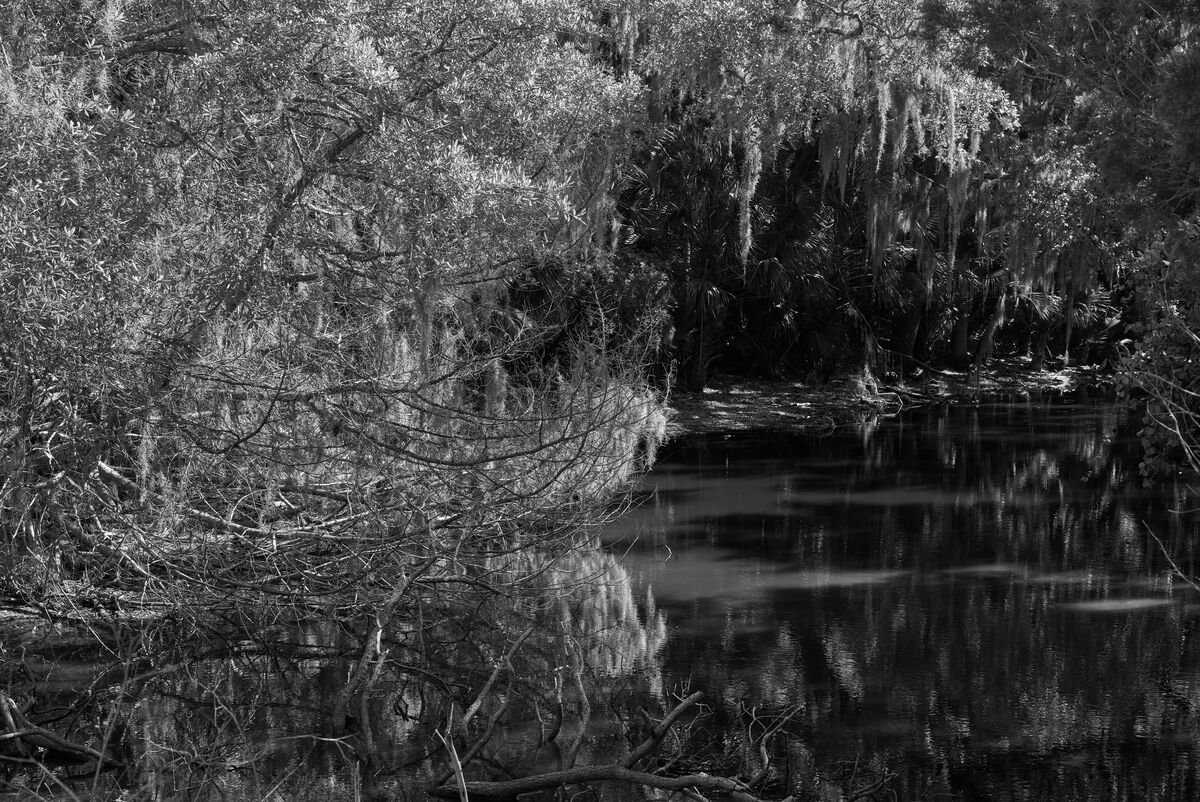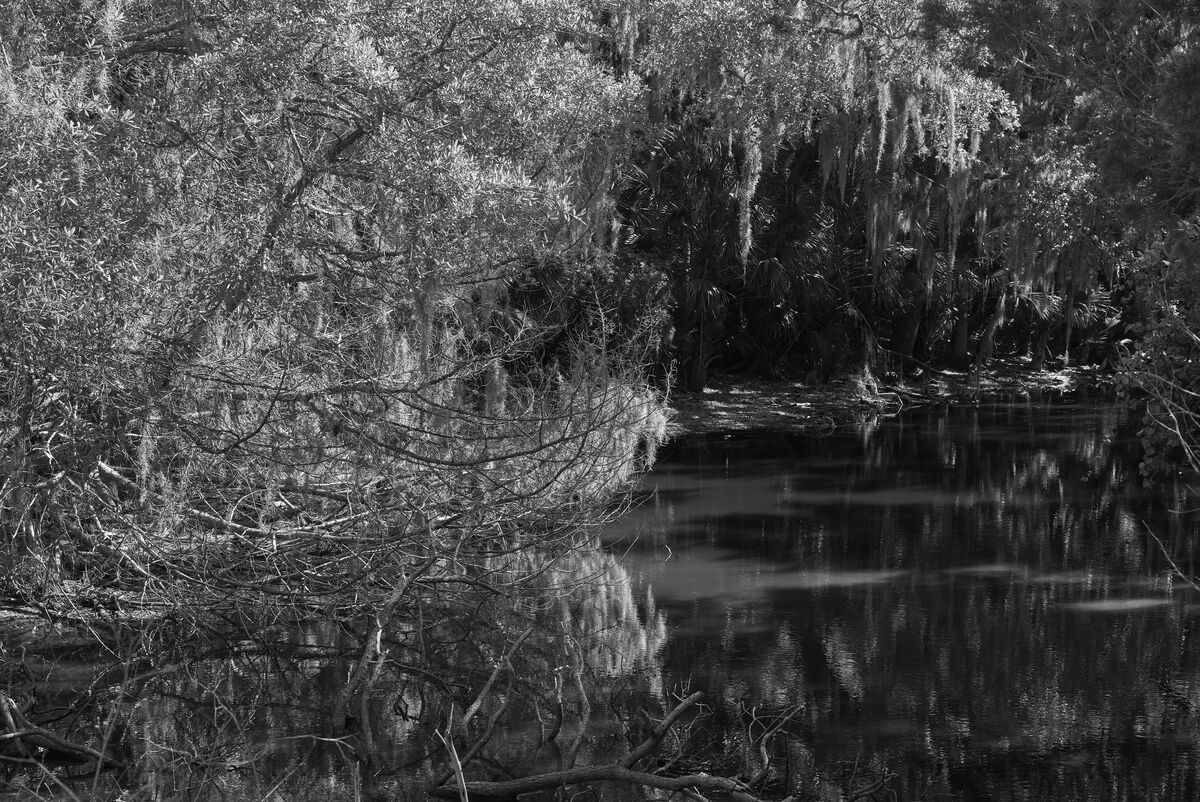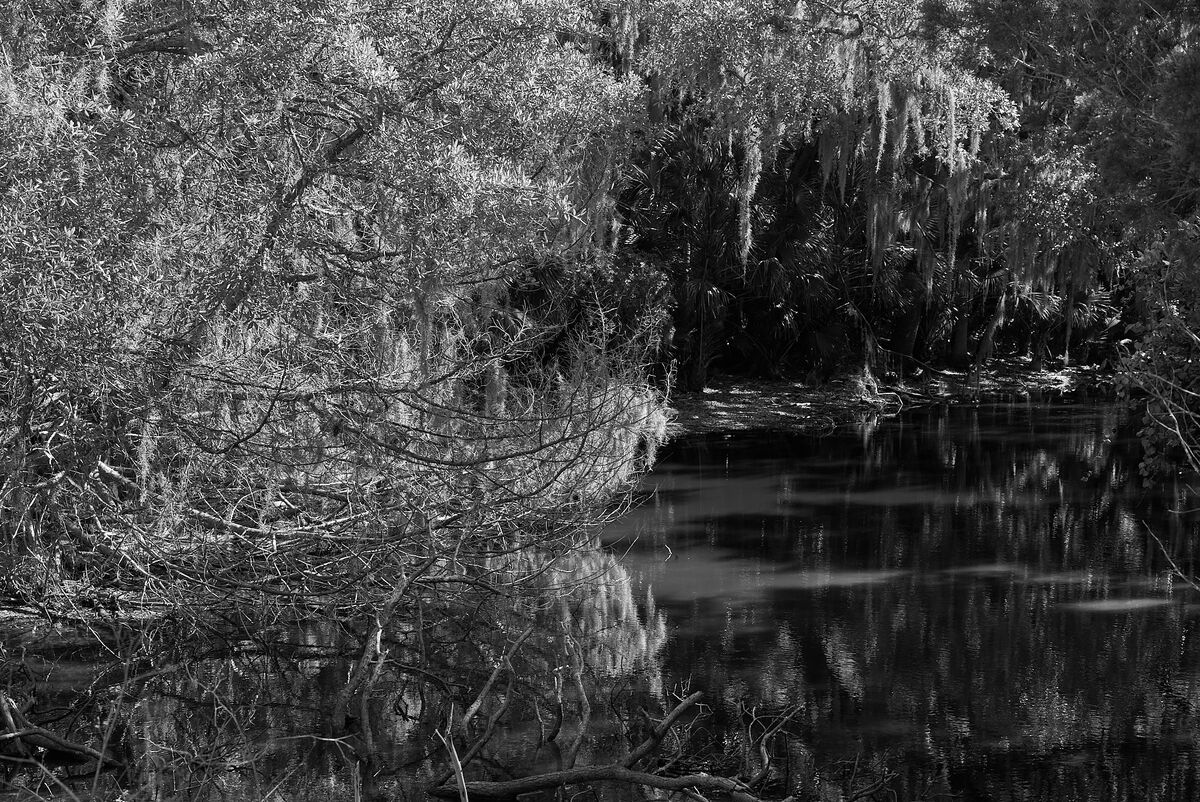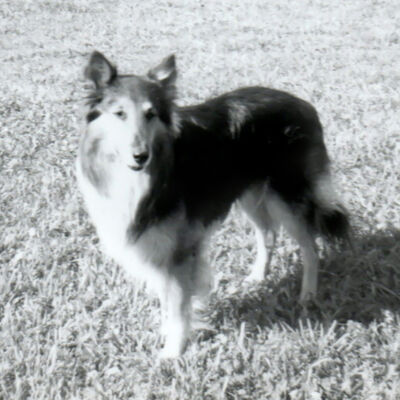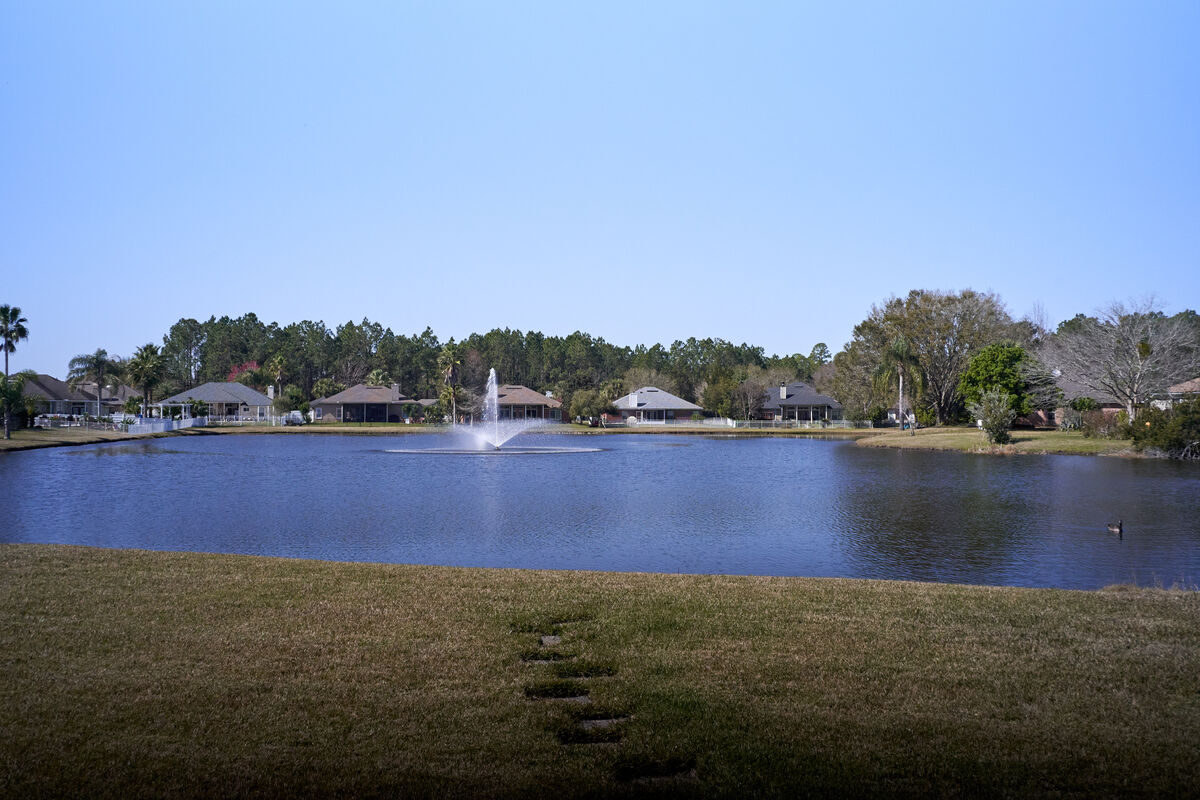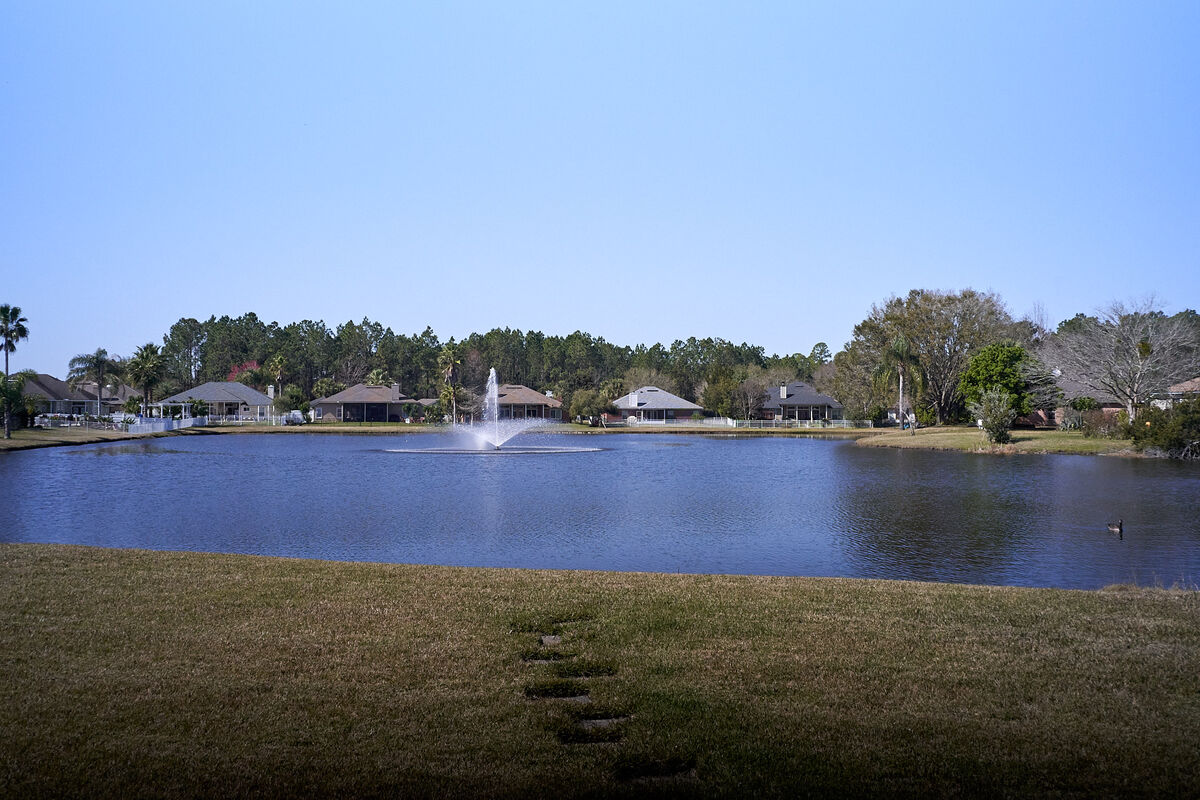Resizing an image can change its character
Apr 25, 2024 08:26:38 #
When you are looking at an image in your editor you are looking at the full size image.
When exporting the image as a JPEG, it might end up looking different if it is resized to save space, depending on the amount of detail present. It can also make a difference in the print.
The next post shows three different sizes of the same finely detailed high contrast B&W image. You might see the difference in the thumbnails.
If you download the images and look at them without pixel peeping, you can see how much resizing altered the appearance of the image. The difference also shows up when I print the three images.
When exporting the image as a JPEG, it might end up looking different if it is resized to save space, depending on the amount of detail present. It can also make a difference in the print.
The next post shows three different sizes of the same finely detailed high contrast B&W image. You might see the difference in the thumbnails.
If you download the images and look at them without pixel peeping, you can see how much resizing altered the appearance of the image. The difference also shows up when I print the three images.
Apr 25, 2024 08:28:45 #
Same original file.
Apr 25, 2024 08:33:58 #
I put each image in its own tab and kept flipping between them.
Other than a slight brightness change between them, nothing worth being concerned with for me.
Either as a "stand-alone" image would be fine.
Other than a slight brightness change between them, nothing worth being concerned with for me.
Either as a "stand-alone" image would be fine.
Apr 25, 2024 08:48:14 #
Longshadow wrote:
I put each image in its own tab and kept flipping between them.
Other than a slight brightness change between them, nothing worth being concerned with for me.
Either as a "stand-alone" image would be fine.
Other than a slight brightness change between them, nothing worth being concerned with for me.
Either as a "stand-alone" image would be fine.
It's the brightness change that might be troublesome. It changes the character of the image.
After resizing, it's not the same as the image I edited and the print looks different.
Apr 25, 2024 08:48:14 #
selmslie wrote:
Same original file.
Looking at these examples, I'd need to know more details:
1, How were these images resized? Was the original used to resize the two (three?) subsequent outputs?
2, The images all report Capture One 23. If you resize the export from LR Classic with the same image, can you create the same 'differences'?
3, The images don't report a colorspace. If this was changed to sRGB, does the behavior of the JPEGs change?
4, How was the original image captured?
5, How was the original image edited? How many times and where was the file format changed, Tiff, JPEG, ect?
6, Does Capture One work from the original in a non destructive manner, follow-up to Q1, above? Or, do you have to process / reprocess the edited file to create more versions?
Your demonstration is not my experience, but I use different tools. Therefore, I fear the idea presented can be traced to different causes, rather than the generalization presented.
Apr 25, 2024 08:53:26 #
selmslie wrote:
It's the brightness change that might be troublesome. It changes the character of the image.
After resizing, it's not the same as the image I edited and the print looks different.
After resizing, it's not the same as the image I edited and the print looks different.
That's because you know what you are looking for.
A person viewing a single image would have no idea of any difference..
Apr 25, 2024 09:10:26 #
Longshadow wrote:
That's because you know what you are looking for.
A person viewing a single image would have no idea of any difference..
A person viewing a single image would have no idea of any difference..



Apr 25, 2024 09:12:28 #
CHG_CANON wrote:
Looking at these examples, I'd need to know more d... (show quote)
1. They were resized during the Export step at the same 80% compression.
2. I don't use Lightroom or any other editor. I'm pretty sure that the same thing would happen with other programs.
3, 4. These images were captured with a monochrome camera. Color space is irrelevant.
5. the only editing was to move the Exposure and Shadow level. The file format was never changed.
6. Capture One, like Lightroom, is entirely non-destructive. There is only a raw file and a sidecar saved in the session.
All three files were saved at 80% compression and, other than resizing during the Export step, the only difference will be the number of raw pixels used to create an RGB pixel.
When I printed the three via Epson Print Layout at 7x10.5", the ppi values are 574, 390 and 195. I used Epson's Advanced B&W Photo type setting on Ultra Premium Presentation Paper Matte. Paper ICC profile was no involved.
This is not a generalization. It is a specific example of a finely detailed B&W image. The phenomenon shown here is not likely to be as visible in a less detailed image. A color image would also make it less apparent.
Apr 25, 2024 09:18:39 #
Longshadow wrote:
That's because you know what you are looking for.
A person viewing a single image would have no idea of any difference..
A person viewing a single image would have no idea of any difference..
My intent was to make a print that looked as much as possible like the image I was viewing on the screen in Capture One.
I was also able to see the differences in the Epson Print Layout screen but I don't want to alter the print there.
This is more of a challenge with a color image since ICC profiles gets involved.
As for the viewer looking at a single image, other than for purposes of this discussion, nobody is going to see the image I don't like.
Apr 25, 2024 09:21:27 #
selmslie wrote:
1. They were resized during the Export step at the... (show quote)
Until consistent results can be created across multiple softwares and varied JPEG compression settings, I wouldn't consider the matter 'settled', not for me at least
 . In my own experiments looking at other issues, I know I've run experiments that would have overlapped with these results / demonstrations, but I never reached the same findings. I looked at the details of two of the images in this demonstration, seeing differences I wouldn't expect to see, certainly not differences I've found in my own resized images.
. In my own experiments looking at other issues, I know I've run experiments that would have overlapped with these results / demonstrations, but I never reached the same findings. I looked at the details of two of the images in this demonstration, seeing differences I wouldn't expect to see, certainly not differences I've found in my own resized images.Apr 25, 2024 09:22:55 #
CHG_CANON wrote:
Until consistent results can be created across multiple softwares and varied JPEG compression settings, I wouldn't consider the matter 'settled', for me at least  . In my own experiments looking at other issues, I know I've run experiments that would have overlapped with these results / demonstrations, but I never reached the same findings.
. In my own experiments looking at other issues, I know I've run experiments that would have overlapped with these results / demonstrations, but I never reached the same findings.
 . In my own experiments looking at other issues, I know I've run experiments that would have overlapped with these results / demonstrations, but I never reached the same findings.
. In my own experiments looking at other issues, I know I've run experiments that would have overlapped with these results / demonstrations, but I never reached the same findings.Maybe you weren't looking for the specific differences I found.
Apr 25, 2024 09:24:25 #
selmslie wrote:
Maybe you weren't looking for the specific differences I found.
I looked at the details of two of the images in this demonstration, seeing differences I wouldn't expect to see, certainly not differences I've found in my own resized images.
Apr 25, 2024 09:47:55 #
selmslie wrote:
Maybe you weren't looking for the specific differences I found.
Here is an example using a color image. The difference (the devil) is in the detail.
The reason for the difference is that the original 24MP image uses each RGB pixel from the raster image to create a single JPEG pixel for the 24MP JPEG. When going from 6000 pixels wide to about 2000, each JPEG pixels is now built from about 9 pixels (3x3). This necessarily changes the level of detail, the clarity and the apparent sharpness.
It is impossible to avoid a difference.
Apr 25, 2024 09:54:38 #
selmslie wrote:
Here is an example using a color image. The difference (the devil) is in the detail.
The reason for the difference is that the original 24MP image uses each RGB pixel from the raster image to create a single JPEG pixel for the 24MP JPEG. When going from 6000 pixels wide to about 2000, each JPEG pixels is now built from about 9 pixels (3x3). This necessarily changes the level of detail, the clarity and the apparent sharpness.
It is impossible to avoid a difference.
The reason for the difference is that the original 24MP image uses each RGB pixel from the raster image to create a single JPEG pixel for the 24MP JPEG. When going from 6000 pixels wide to about 2000, each JPEG pixels is now built from about 9 pixels (3x3). This necessarily changes the level of detail, the clarity and the apparent sharpness.
It is impossible to avoid a difference.
I must have a "substandard" monitor as I see no difference flipping between them.
Now zooming in, one gets further into the image on one.
But I hardly zoom in to images, I look at the image as presented,
like if it was printed.
Apr 25, 2024 09:54:55 #
selmslie wrote:
Here is an example using a color image. The difference (the devil) is in the detail.
The reason for the difference is that the original 24MP image uses each RGB pixel from the raster image to create a single JPEG pixel for the 24MP JPEG. When going from 6000 pixels wide to about 2000, each JPEG pixels is now built from about 9 pixels (3x3). This necessarily changes the level of detail, the clarity and the apparent sharpness.
It is impossible to avoid a difference.
The reason for the difference is that the original 24MP image uses each RGB pixel from the raster image to create a single JPEG pixel for the 24MP JPEG. When going from 6000 pixels wide to about 2000, each JPEG pixels is now built from about 9 pixels (3x3). This necessarily changes the level of detail, the clarity and the apparent sharpness.
It is impossible to avoid a difference.
I still question the software involved ...
The differences in the pixel resolution make for differences at the pixel-level, so looking there and finding differences doesn't matter much. But, the 'full-screen' view should be the same. When I flip between your two images, differences in the pillars and fence details of the houses behind the fountain visually 'flip' as I flip between the two images. That doesn't happen in my LR images, but I'll have to search for something similar to now specifically test.
If you want to reply, then register here. Registration is free and your account is created instantly, so you can post right away.

